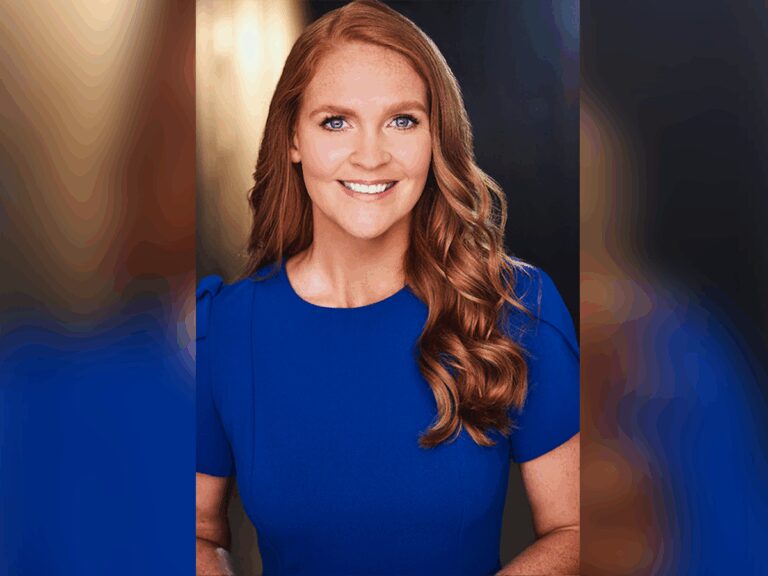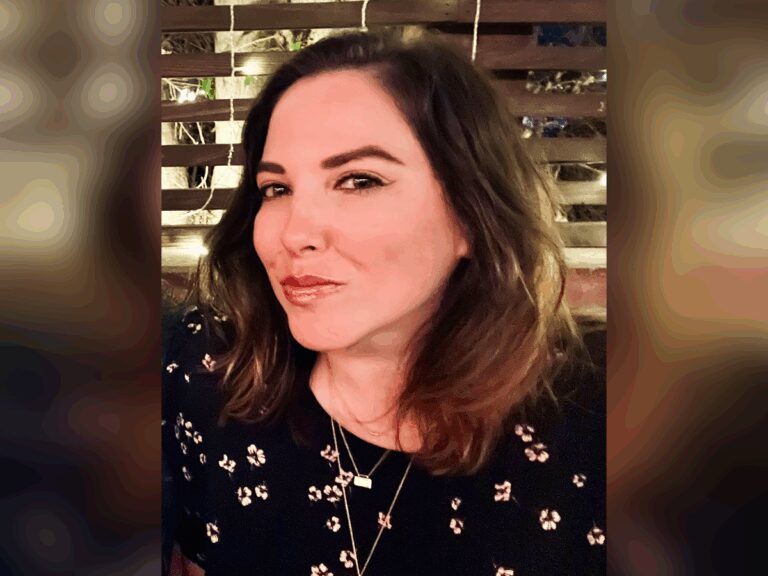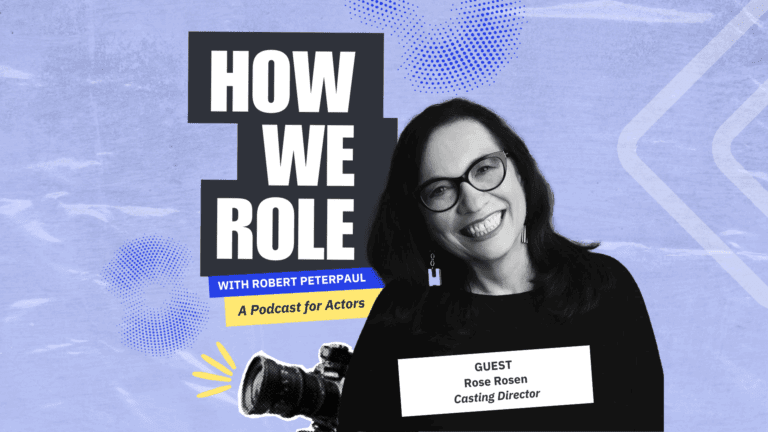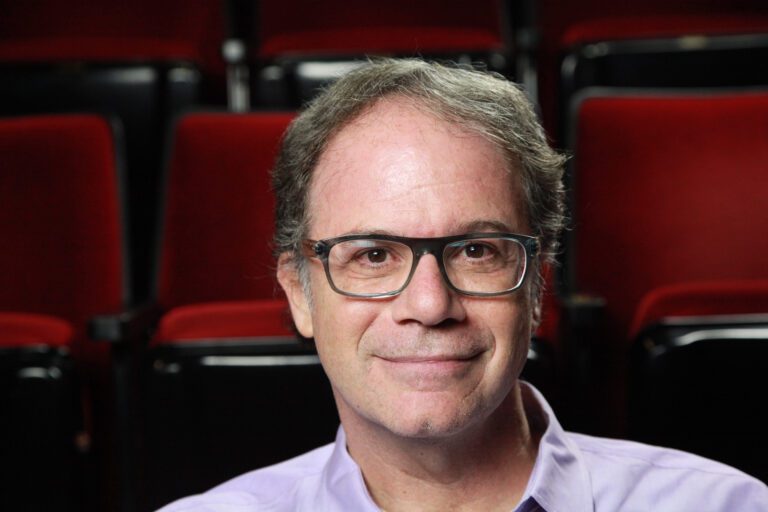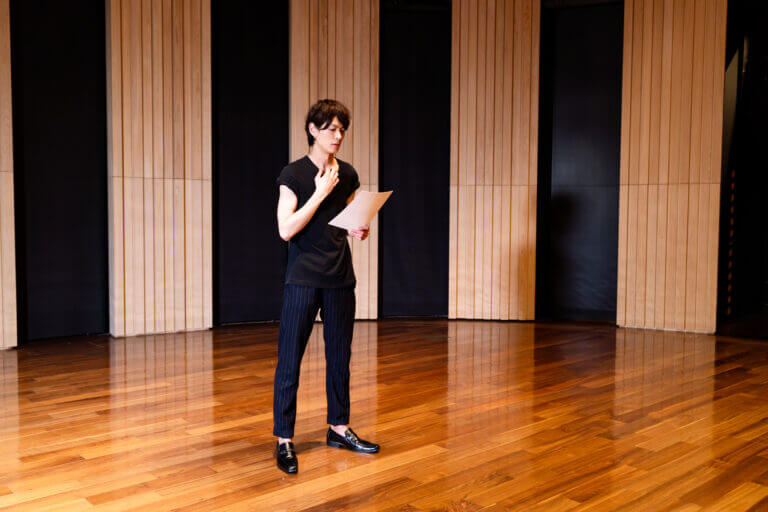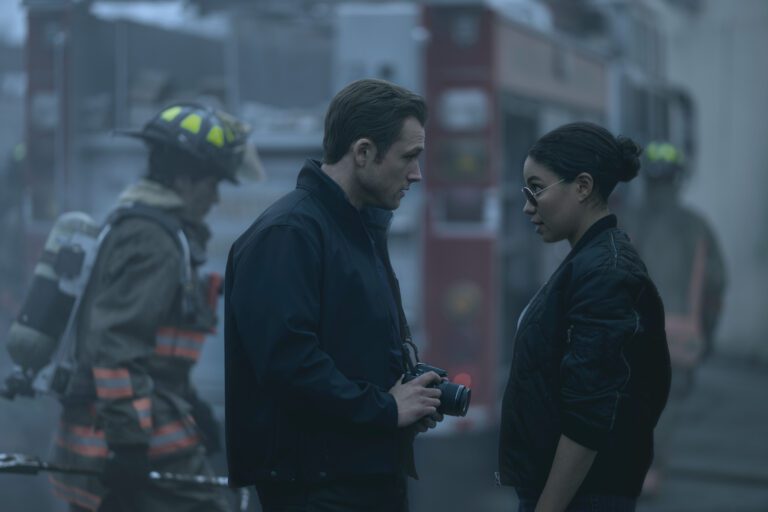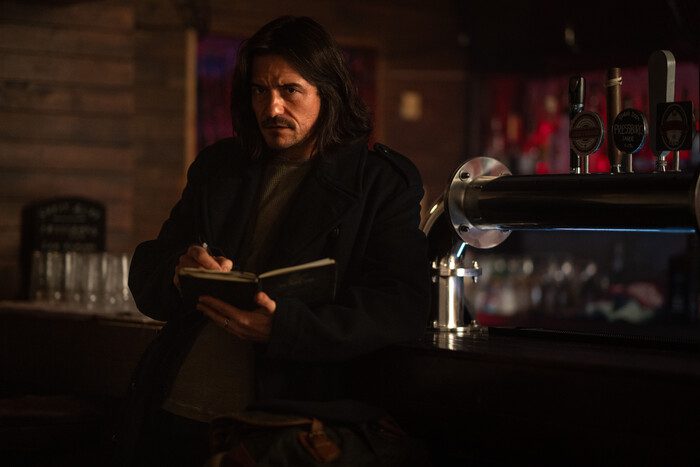Whether you’re in rehearsal or performance, preserving the ability to follow your actor impulses is crucial to the process. That said, we are in a collaborative field that requires you to involve the bodies and emotions of your coworkers in those impulses. How do you keep your work spontaneous and organic while avoiding putting your scene partner in an upsetting position? Here are some tools.
Insights: Tips for Navigating Spontaneity and Safety with Your Scene Partner
- Initiate boundary discussions with scene partners and regularly use a “traffic light” system for ongoing comfort checks.
- Use placeholders for physical contact in early rehearsals to explore safely until choreography is set.
- Address and respect emotional boundaries by discussing intense scenes in advance to prevent distress.
Talk to Your Scene Partner Ahead of Time
Before starting rehearsal, opening a dialogue about boundaries is a good idea. You can gauge their comfort level with physical contact, ask what might be off-limits, express your comfort and boundaries, etc. Starting the conversation early will help guide your instincts as you go along.
Check in With Your Scene Partner Regularly
Comfort levels can change. Consent can be revoked. Something your scene partner felt fine with yesterday might not be good today, or perhaps you tried something you thought would be fun and on reflection didn’t like the way it sat.
Developing check-in vocabulary can give you quick and easy tools to communicate with your scene partner. One tool I like for rehearsal check-ins is the “traffic light” system. Green means feeling good, business as usual and you can follow your impulses at will (respecting any previous boundaries of course). Yellow might indicate mild hesitation due to a new injury, or a desire to take things slower. Red would require more negotiation before following impulses of physical contact, for example.
Use Placeholders
For early days of rehearsal, perhaps before an intimacy coordinator/choreographer arrives, placeholders are a great way to hold space for organic impulses while keeping everything professional and safe.
Establish your placeholder (finger guns, or a high five, for example). Then use it when actors have the impulse for contact but don’t know what that might be yet. It will help you get in the habit of building space for moments of contact without just blindly experimenting. Communicating with your scene partner and director what your instincts are as they happen is still preserving the organic impulse while building space for professional, sustainable choreography.
Use Containers
This is getting into some intimacy professional vocabulary (check out Theatrical Intimacy Education for many classes and resources if you’re interested), but I’ve found the concept of containers to be wildly applicable. This is a way to honor the organic nature of performance without risking crossing an actor’s boundaries.
If, for example, you establish with your scene partner that they are comfortable with physical touch below the neck and above the naval, you can use that “container” as your boundaries–within that space, you can keep contacting a little fluid and organic without feeling like you need to place your palm on the same spot in the same way every time.
Not All Boundaries are Physical
Remember that highly charged emotional moments can be triggering. If the scene calls for screaming hateful things directly into someone’s face, for example, a brief check-in beforehand can go a long way. Hopefully, this is something that is facilitated by the director, but establishing trust and boundaries with your scene partner will still make you feel more confident to freely follow acting impulses as you go.
Establishing Boundaries Should Feel Liberating Rather than Confining
Once you know the space in which you can play, your creativity will thrive. This is not to sanitize the theatrical process. I believe that some of the best work can come from working through discomfort, but uncomfortable and unsafe are two different things. Good work does not come from making your scene partner feel unsafe.
These tools are just some of the ways you can negotiate the creative process in a way that honors professional and personal boundaries. Each collective process will look a little different, but the more you arm yourself with vocabulary and practices that protect yourself and others, the freer your process will become.
Thinking about joining Casting Networks? Sign up for a free trial today!
You may also like:

